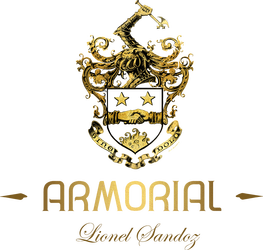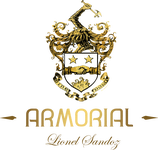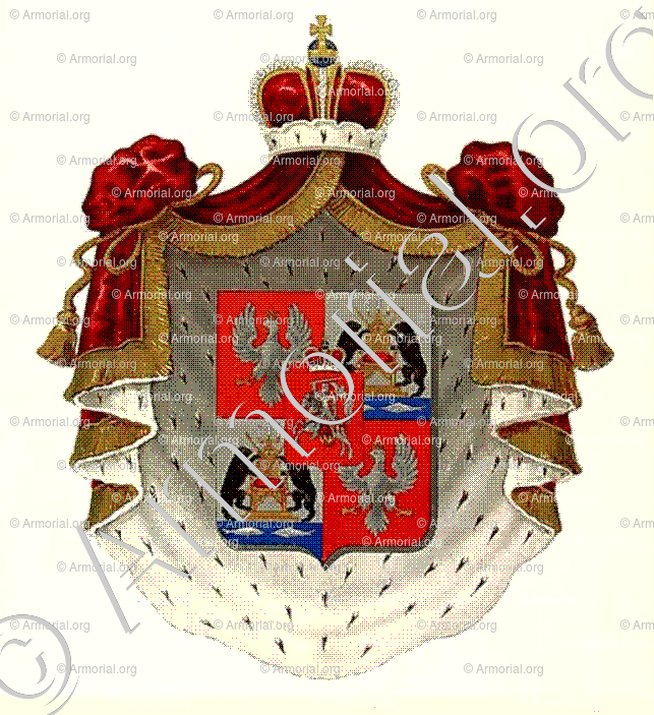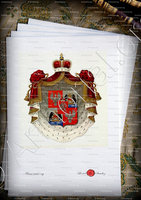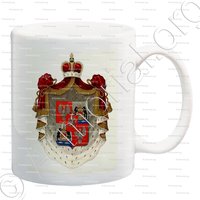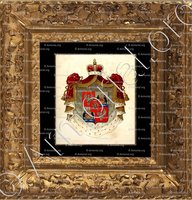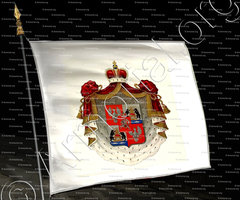DESCRIPTION
KHOVANSKI ХОВАНСКИЙ alias KHOVANCHTCHINA ХОВАНЩИНА
Ива́н Андре́евич Хова́нский
Ivan Andreïevitch Khovansky
Khovanski provient d'une famille de la dynastie des Gédiminides, dont les ancêtres ont émigré de Podolie à Moscou en 1408. Il commence dans la vie comme stolnik sous le règne de Michel Ier. En 1650, il est envoyé à Toula pour enrayer les incursions des Tatars de Crimée. Entre 1651 et 1654, il est gouverneur de Viazma, et en 1656 de Moguilev.
Durant la guerre russo-suédoise de 1656-1658, il sert comme voïvode. En 1657, il vainc les Suédois à la bataille de Gdov. Il est promu boyard le 27 mars 1659. En janvier 1660, il attaque et incendie Brest. Lors de la révolte de Moscou de 1662, il s'occupe des insurgés et mène un comité d'enquête basé à Kolomenskoïe. Entre 1669 et 1678, il gouverne Pskov, Smolensk, et Novgorod. Il est réputé pour être un gouverneur austère et autoritaire, qui ne regarde pas d'un bon œil la débauche et les manières locales.
À la mort de Fédor III, en avril 1682, Khovanski profite de sa popularité parmi les Streltsy pour écarter la famille des Miloslavski du pouvoir. Il orchestre la révolte des Streltsy (du 15 au 17 mai 1682), au cours de laquelle le vieux dirigeant impopulaire, le prince Mikhaïl Dolgoroukov, est assassiné et remplacé par Khovanski. Celui-ci devient de facto ministre de la guerre de Moscovie. Désireux de s'assurer l’allégeance des Streltsy, il proclame le pardon total à ceux qui ont pris part à la révolte.
Avec le soutien des Streltsy, il établit un régime double, le règne conjoint d’Ivan V et de Pierre Ier, sous la régence de leur sœur Sophie Alexeïevna. Partisan des vieux croyants, Khovanski organise en 1682 une manifestation schismatique et force le patriarche Joachim de Moscou à accepter un débat public avec un des chefs de file vieux-croyant, Nikita Poustosviat. Le patriarche réfute les arguments de Poustosviat, qui est exécuté dès le lendemain sur ordre de Sophie.
Avec l’appui des Streltsy, Khovansky jouit d’une influence politique énorme et interfère régulièrement dans les affaires du gouvernement. En juin 1682, il est nommé à la tête du prikaze des juges. Son arrogance hors du commun et sa vanité lui valent les foudres de Sophie et de ses alliés dans le clan des Miloslavski et suscitent le jalousie des autres boyards.
En fin de compte, les rumeurs sur l’intention de Khovanski d’assassiner la famille du tsar et d'usurper le trône poussent Sophie à évacuer Ivan V et Pierre Ier de Moscou et de les mettre en sécurité à Kolomenskoïe, puis au monastère Saint-Sabbas de Storoji de Zvenigorod. En septembre, un oukaze déclare Khovanski mutin et patron des hérétiques, tandis que la Douma des boyards le condamne à mort. Il est capturé à Pouchkino, près de Moscou et emmené à Vozdvijenskoïe (ru), où il se fait décapiter ainsi que son fils.
Quand la nouvelle de l’exécution de Khovanski atteint les oreilles des Streltsy stationnés à Moscou, ces derniers instiguent une émeute et s’emparent du Kremlin, mais la régente mate rapidement les mutins et nomme Fiodor Chaklovity (en) comme chef des Streltsy.
Хованский происходит из семьи династии Гедиминидов, предки которой эмигрировали из Подолии в Москву в 1408 году. Он начинает жизнь стольником в царствование Михаила I. В 1650 году его отправили в Тулу для отражения набегов крымских татар. Между 1651 и 1654 годами он был вяземским, а в 1656 году могилевским воеводой.
Во время русско-шведской войны 1656-1658 годов служил воеводой. В 1657 году он разбил шведов в битве под Гдовом. 27 марта 1659 г. произведен в боярины. В январе 1660 г. он напал и сжег Брест. Во время Московского восстания 1662 года он имел дело с повстанцами и руководил следственной комиссией в Коломенском. С 1669 по 1678 год он правил Псковом, Смоленском и Новгородом. Он слывет строгим и авторитарным губернатором, который недолюбливает разврат и местные нравы.
После смерти Федора III в апреле 1682 года Хованский воспользовался своей популярностью среди стрельцов, чтобы отстранить от власти семью Милославских. Он организовал стрелецкий мятеж (15–17 мая 1682 г.), во время которого был убит непопулярный старый вождь князь Михаил Долгоруков и заменен Хованским. Этот становится де-факто военным министром Московии. Желая заручиться верностью стрельцов, он провозглашает полное прощение тем, кто принимал участие в восстании.
При поддержке стрельцов он установил двойственный режим, совместное правление Ивана V и Петра I, под регентством их сестры Софьи Алексеевны. Сторонник старообрядчества, Хованский организовал раскольническую демонстрацию в 1682 году и вынудил патриарха Московского Иоакима пойти на публичный диспут с одним из старообрядческих лидеров Никитой Пустосвятым. Патриарх опровергает доводы Пустосвята, казненного на следующий день по приказу Софии.
При поддержке стрельцов Хованский пользуется огромным политическим влиянием и регулярно вмешивается в государственные дела. В июне 1682 г. он был назначен начальником приказа судей. Его необыкновенное высокомерие и тщеславие вызвали гнев Софьи и ее союзников из рода Милославских и ревность других бояр.
В конце концов, слухи о намерении Хованского убить царскую семью и узурпировать престол побудили Софию эвакуировать Ивана V и Петра I из Москвы и доставить их в безопасное место в Коломенское, а затем в Свято-Савву Сторожевский монастырь Звенигорода. В сентябре указ объявляет Хованского мятежником и покровителем еретиков, а боярская дума приговаривает его к смерти. Он был схвачен в Пушкино под Москвой и доставлен в Воздвиженское (ru), где был обезглавлен вместе с сыном.
Когда известие о казни Хованского дошло до стрельцов, расквартированных в Москве, последние подняли мятеж и захватили Кремль, но регент быстро подавил мятежников и назначил Федора Чакловитого предводителем стрельцов.
Khovanski comes from a family of the Gediminid dynasty, whose ancestors emigrated from Podolia to Moscow in 1408. He begins life as a stolnik in the reign of Michael I. In 1650, he was sent to Tula to stem the incursions of the Crimean Tatars. Between 1651 and 1654, he was governor of Viazma, and in 1656 of Mogilev.
During the Russo-Swedish war of 1656-1658, he served as voivode. In 1657 he defeated the Swedes at the Battle of Gdov. He was promoted to boyar on March 27, 1659. In January 1660, he attacked and burned Brest. During the Moscow revolt of 1662, he dealt with the insurgents and led an investigative committee based in Kolomenskoye. Between 1669 and 1678 he ruled Pskov, Smolensk, and Novgorod. He is reputed to be an austere and authoritarian governor, who does not look kindly on debauchery and local manners.
On the death of Fedor III in April 1682, Khovanski took advantage of his popularity among the Streltsy to remove the Miloslavski family from power. He orchestrated the Streltsy revolt (May 15–17, 1682), during which the unpopular old leader, Prince Mikhail Dolgorukov, was assassinated and replaced by Khovansky. This one becomes de facto Minister of War of Muscovy. Desiring to secure the allegiance of the Streltsy, he proclaims total forgiveness to those who took part in the revolt.
With the support of the Streltsy, he established a dual regime, the joint reign of Ivan V and Peter I, under the regency of their sister Sophia Alexeievna. A supporter of the Old Believers, Khovanski organized a schismatic demonstration in 1682 and forced the Patriarch Joachim of Moscow to accept a public debate with one of the Old Believer leaders, Nikita Poustosviat. The patriarch refutes the arguments of Poustosviat, who is executed the next day by order of Sophie.
With the support of the Streltsy, Khovansky enjoys enormous political influence and regularly interferes in government affairs. In June 1682, he was appointed head of the prikaze of judges. His extraordinary arrogance and his vanity earned him the wrath of Sophie and her allies in the Miloslavski clan and aroused the jealousy of the other boyars.
In the end, rumors of Khovansky's intention to assassinate the Tsar's family and usurp the throne prompt Sophie to evacuate Ivan V and Peter I from Moscow and bring them to safety in Kolomenskoye and then in the Holy Monastery. -Sabbas of Storoji of Zvenigorod. In September, an ukaze declares Khovanski mutineer and patron of heretics, while the Duma of the boyars condemns him to death. He was captured at Pouchkino, near Moscow and taken to Vozdvijenskoye (ru), where he was beheaded along with his son.
When news of Khovansky's execution reached the ears of the Streltsy stationed in Moscow, the latter instigated a riot and seized the Kremlin, but the regent quickly put down the mutineers and appointed Fyodor Chaklovity as leader of the Streltsy.
PARTAGEZ SUR LES RÉSEAUX SOCIAUX
LES AVIS
Il n'y a aucune note pour le moment. Soyez le premier à évaluer !
DONNEZ UNE NOTE
